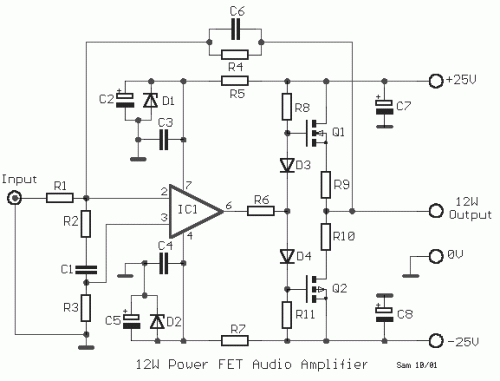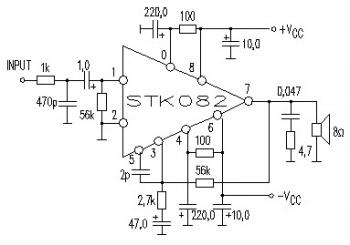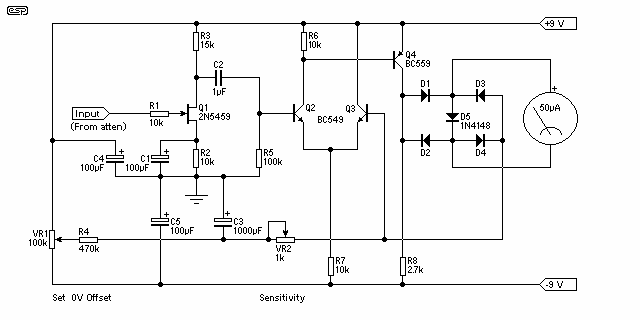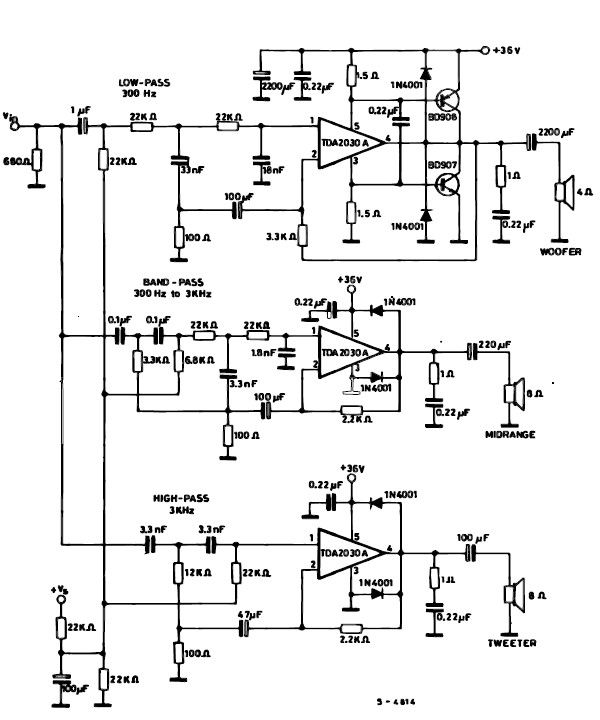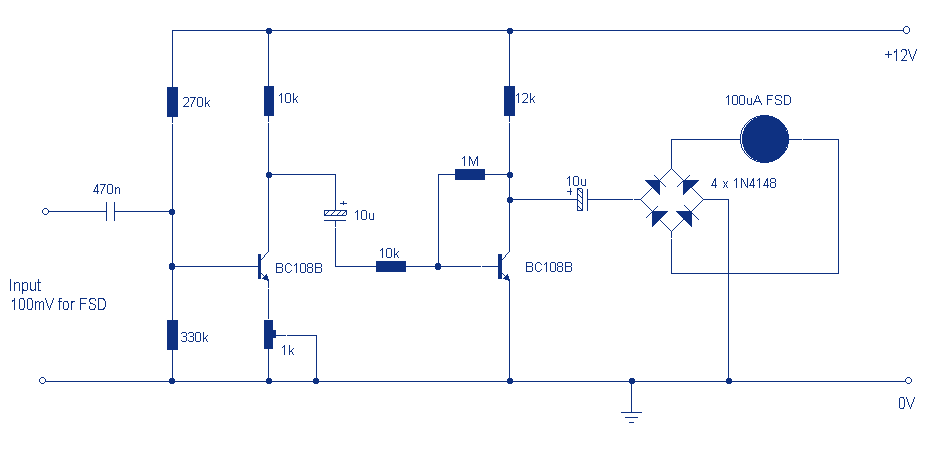
Hardware Implementation for Audio Localization
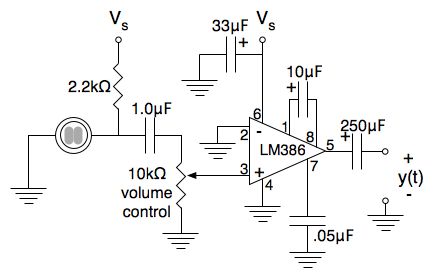
A lens is a customized view of content within a repository, allowing users to perceive information through the perspectives of trusted organizations and individuals.
In electronic systems, the concept of a "lens" can be metaphorically related to circuit design methodologies that prioritize user interaction and data interpretation. In this context, a lens can be understood as a filtering mechanism that allows specific data to be highlighted or obscured based on user-defined criteria.
For instance, in a data acquisition system, a lens can represent a set of operational amplifiers (op-amps) configured to amplify particular signals while attenuating others. This can be achieved through the use of adjustable gain settings, where the op-amps are arranged in a non-inverting configuration to ensure that the desired signals are presented with clarity and precision.
The schematic may include a series of filters—both high-pass and low-pass—to further refine the data being processed. High-pass filters can eliminate low-frequency noise, while low-pass filters can ensure that high-frequency signals do not interfere with the desired output. The output of these filters can be routed to an analog-to-digital converter (ADC), which digitizes the signals for further processing.
Additionally, the user interface can be designed to allow the operator to select which "lens" or view they wish to employ, providing a means to switch between different configurations or sets of filters. This enhances the flexibility and usability of the system, allowing it to adapt to various operational requirements and user preferences.
Overall, the implementation of a lens-like approach in electronic circuit design emphasizes tailored data presentation and user-centric interaction, ensuring that the most relevant information is readily accessible while minimizing distractions from extraneous data.You can think of it as a fancy kind of list that will let you see content through the eyes of organizations and people you trust. A lens is a custom view of the content in the repository. You can think of it as a fancy kind of list that will let you see content through the eyes of organizat
ions and people you trust. 🔗 External reference
In electronic systems, the concept of a "lens" can be metaphorically related to circuit design methodologies that prioritize user interaction and data interpretation. In this context, a lens can be understood as a filtering mechanism that allows specific data to be highlighted or obscured based on user-defined criteria.
For instance, in a data acquisition system, a lens can represent a set of operational amplifiers (op-amps) configured to amplify particular signals while attenuating others. This can be achieved through the use of adjustable gain settings, where the op-amps are arranged in a non-inverting configuration to ensure that the desired signals are presented with clarity and precision.
The schematic may include a series of filters—both high-pass and low-pass—to further refine the data being processed. High-pass filters can eliminate low-frequency noise, while low-pass filters can ensure that high-frequency signals do not interfere with the desired output. The output of these filters can be routed to an analog-to-digital converter (ADC), which digitizes the signals for further processing.
Additionally, the user interface can be designed to allow the operator to select which "lens" or view they wish to employ, providing a means to switch between different configurations or sets of filters. This enhances the flexibility and usability of the system, allowing it to adapt to various operational requirements and user preferences.
Overall, the implementation of a lens-like approach in electronic circuit design emphasizes tailored data presentation and user-centric interaction, ensuring that the most relevant information is readily accessible while minimizing distractions from extraneous data.You can think of it as a fancy kind of list that will let you see content through the eyes of organizations and people you trust. A lens is a custom view of the content in the repository. You can think of it as a fancy kind of list that will let you see content through the eyes of organizat
ions and people you trust. 🔗 External reference
